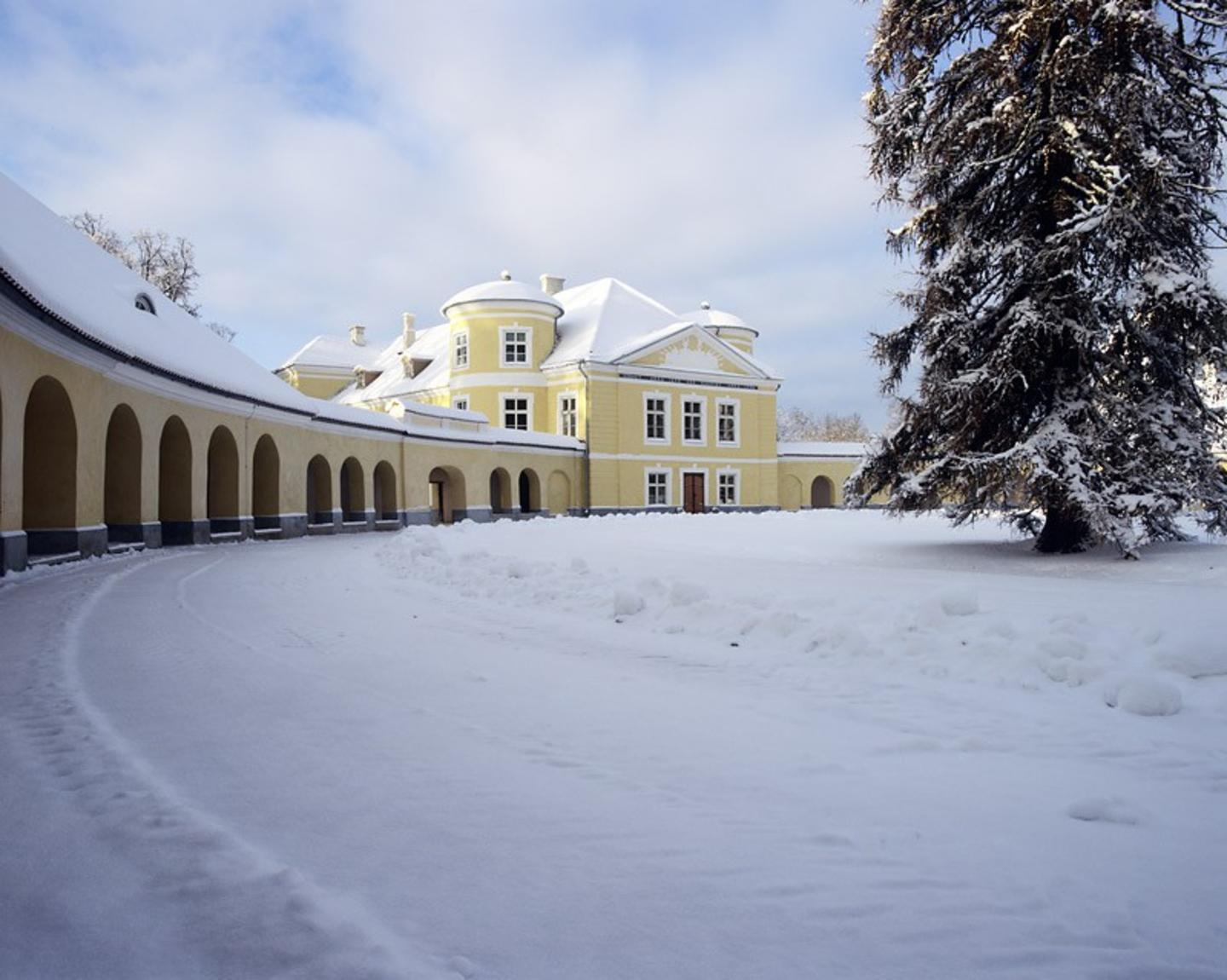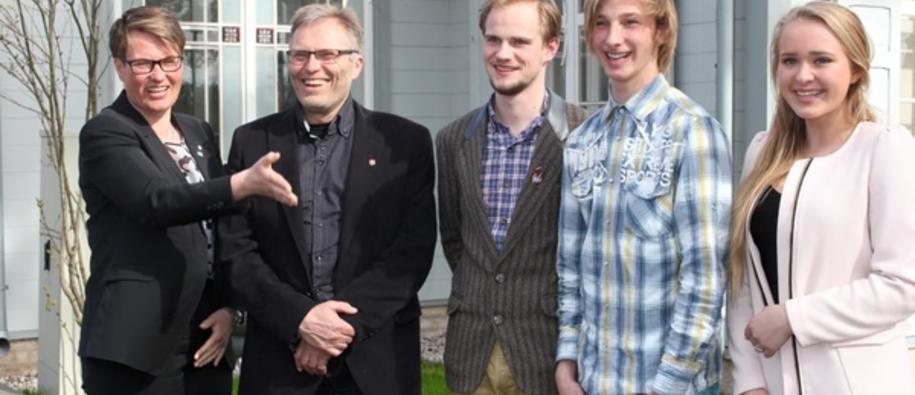Good heritage care needs to take account of economic, cultural and social strategies. These strategies are at the core of the EEA and Norway Grants support. Over €200 million has been allocated to culture programmes in 14 beneficiary countries. A lifeline for cultural organisations, many of which have borne the brunt of funding cuts, this support is helping communities tap into the potential offered by Europe’s diverse cultural heritage.
Strong bilateral cooperation
A total of 243 projects have received funding so far. Almost 60% of these are carried out in partnership between cultural organisations from the beneficiary and donor countries, stimulating bilateral cooperation and mutual learning.
We zoom in on just a few of these to illustrate how the funding is helping to:
- develop strategies in the area of cultural heritage
- bridge gaps between communities
- stimulate capacity development and improve economic prospects in communities
- raise awareness about cultural diversity and stimulate a greater mutual understanding
Strategic approach
In Estonia, the Grants support the country’s strategic approach to the safeguarding of its historical manor houses. These have been in decline over many years; only 500 of the once 1 500 manor houses remain. Many were saved by giving them a new role as public schools. Today there are 59 schools and orphanages in old manor houses spread across the country. But many of these require restoration and upgrading.
The €4.5 million EEA Grants cultural programme is making an important contribution to these efforts. Around 25 manor schools are to be renovated. The programme also promotes awareness-raising of heritage care and exchange with cultural organisations in the donor countries.
Mutual understanding
In Cyprus, the Centre for Visual Arts and Research in Nicosia has received over €600 000 in funding. Located close to the buffer zone of Europe’s last divided city, it houses an exhibition of 1 500 pictures, 6 000 books and manuscripts and countless historical items - telling the story of Cyprus from the 18th century up until today. A research centre and library have also been established. Education is an important component of the project, with young people and schoolchildren from both sides of the buffer zone taking part in educational activities and visits.
“We hope this centre will help building a bridge to a common future for this island,” said Nicos Anastasiades, the President of Cyprus at the opening of the Centre in September 2014.
Cultural diversity
In Romania, almost €3 million has been provided to the Astra Museum, Europe’s largest open air museum, to develop the new Museum of Transylvanian Civilization. Showcasing the heritage of ethnic and cultural minorities, this new museum will increase people’s access to and awareness of cultural diversity. Adding to the tourist offer, it should also have a positive effect on employment and social inclusion. The Museum of South-Trøndelag AS (MiST) (Norway) is involved in this project.
Combating intolerance
Workshops, lectures, temporary exhibitions and a mobile exhibition across Poland are just some of the offer of POLIN Museum of History of Polish Jews as part of its educational and cultural programme. Located in the former heart of Jewish Warsaw, the Museum opened its doors in 2013 in an effort to increase about the country’s rich Jewish history and culture. The project has received more than €2.5 million under the Polish ‘Conservation and Revitalisation of Cultural and Natural Heritage’ programme which is carried out in cooperation with five partners from Norway.
Cooperation for restoration
In Rezekne, Latvia, the ‘Green Synagogue’ – the oldest surviving wooden synagogue in the Baltics and the last remaining of formerly 11 synagogues in the town - is being restored by Latvian and Norwegian students. Over the next two years, four different groups of Norwegian construction students from Sam Eyde upper secondary school will go to Rezekne to help restore the building. Local students from Rezekne will restore the windows in the Synagogue. Together they will exchange experience on restoration and craft techniques.
When the restoration is complete, the Green Synagogue will serve as a centre for the conservation of wooden buildings and as a tourist information centre.
More
Read more about the work of the Grants in cultural heritage and cultural cooperation.

